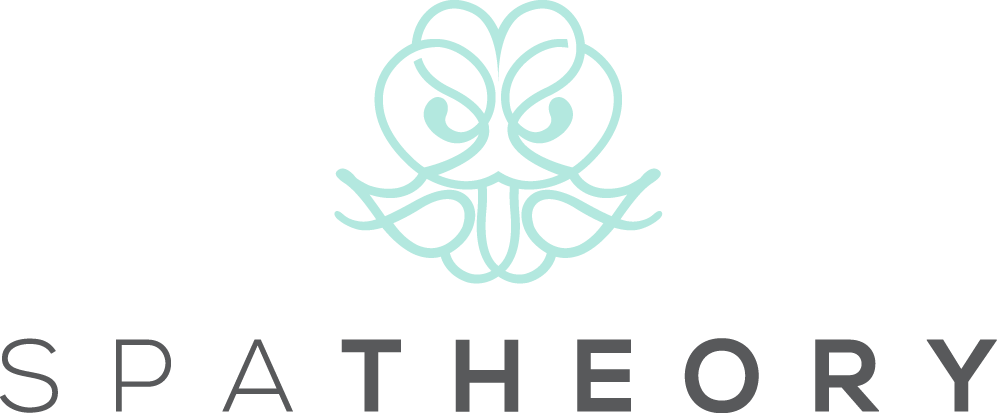PSOAS Muscle Massage: How-To Guide
Ever heard of the PSOAS? If you've been dealing with lower back pain, hip discomfort, or just general stiffness in your core, this guide is for you. The psoas muscle often flies under the radar, but it can cause all sorts of issues when it's tight or unhappy. Don't worry though – we've got you covered with this comprehensive guide on how to give your psoas some much-needed attention.
Understanding the Psoas Muscle
Anatomy of the Psoas Muscle
Let's start with the basics. The psoas muscle is a key player in your core, but it's not one you can see in the mirror. It's a long, deep-seated muscle that runs from your lower spine, through your pelvis, and attaches to your femur (that's your thigh bone). This muscle is crucial for all sorts of movements, from walking and running to simply standing up straight. Think of it as the silent workhorse of your body, constantly in action but rarely getting the credit it deserves.
Importance of Psoas Muscle Health
You might be wondering why you should care about this hidden muscle. Well, a healthy psoas is essential for maintaining good posture, supporting your lower back, and even influencing your emotional well-being. When it's functioning well, you'll likely feel more balanced, flexible, and pain-free. On the flip side, a tight or dysfunctional psoas can lead to a host of issues, including lower back pain, hip discomfort, and even digestive problems.
Remember, while self-massage can be incredibly beneficial, sometimes it's nice to let a professional take over. If you're in the Atlanta area and want to experience the benefits of professional massage, why not schedule a mobile massage in Atlanta, GA? Our experienced therapists can work on your psoas and other problem areas, leaving you feeling relaxed and rejuvenated.
Benefits of Psoas Muscle Massage
Relief of Tension and Tightness
One of the primary benefits of psoas muscle massage is the relief of tension and tightness. In our sedentary lifestyles, where many of us spend hours sitting at desks or hunched over phones, the psoas can become chronically shortened and tense. Regular massage can help release this tension, allowing the muscle to return to its natural length and function.
Improved Flexibility and Range of Motion
When your psoas is relaxed and functioning properly, you'll likely notice an improvement in your overall flexibility and range of motion. This can be particularly noticeable in activities that require hip flexion, like climbing stairs or doing squats. If you're into yoga or dance, you might find that certain poses or movements become easier after giving your psoas some TLC.
Reduced Lower Back Pain
Here's where things get really interesting. Many people who suffer from chronic lower back pain find relief through psoas massage. This is because a tight psoas can pull on the lower back, creating tension and discomfort. By releasing the psoas, you're essentially taking the pressure off your lower back. It's worth noting that if you're experiencing any persistent pain, it's always a good idea to check with a healthcare professional. You can read more about post-massage soreness and how to manage it effectively on our blog.
Enhanced Posture and Core Stability
Last but not least, regular psoas massage can lead to improved posture and core stability. When your psoas is in good shape, it works in harmony with your other core muscles to keep your spine aligned and your body balanced. This can have a ripple effect on your overall well-being, potentially reducing fatigue and improving your body awareness.
Self-Massage Techniques for the Psoas Muscle
Now that we've covered why psoas massage is so beneficial, let's talk about how you can do it yourself. Remember, the psoas is a deep muscle, so these techniques require patience and a gentle touch:
Supine Position Massage
Start by lying on your back with your knees bent and feet flat on the floor. Place your fingertips about an inch below your hip bone and slightly towards the center of your body. Gently press in and down towards your spine. You might feel a tender spot – that's likely your psoas. Apply gentle pressure and hold for 30 seconds to a minute, breathing deeply. Repeat on the other side.
Side-Lying Position Massage
For this technique, lie on your side with your knees bent. Reach around to your lower back and feel for the space between your spine and your hip bone. Gently press your fingers into this area and slowly move them in small circles. You might feel some tenderness – that's normal. Spend a minute or two on each side, remembering to breathe deeply.
Foam Rolling
While not a direct massage, foam rolling can be an effective way to release tension in the muscles surrounding the psoas, which can indirectly help relax the psoas itself. Lie face down on a foam roller positioned just below your hip bones. Slowly roll up and down, pausing on any tender spots. Be gentle – this area can be sensitive!
Tips for Effective Psoas Muscle Massage
Start Gradually
When it comes to psoas massage, less is often more. Start with gentle pressure and short sessions, gradually increasing as your body becomes accustomed to the work.
Listen to Your Body
Pay attention to how your body responds to the massage. While some discomfort is normal, sharp pain is not. If something doesn't feel right, ease off or stop altogether.
Breathe Deeply
Deep, steady breathing can help you relax and make the massage more effective. It can also help you manage any discomfort you might feel during the process.
The Bottom Line
Ultimately, incorporating psoas massage into your wellness routine can have far-reaching benefits for your physical and emotional well-being. Whether you're dealing with chronic pain or just want to improve your overall flexibility and posture, giving your psoas some attention is a great place to start.


